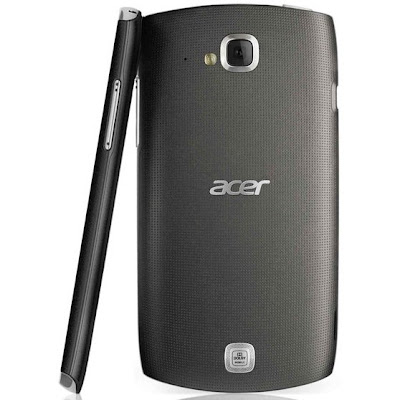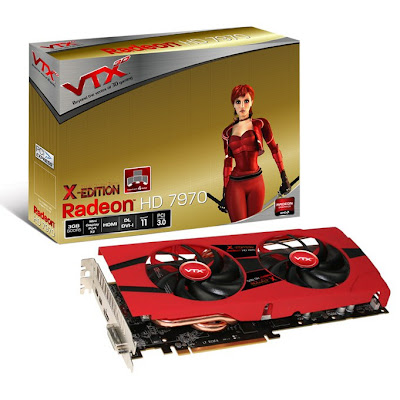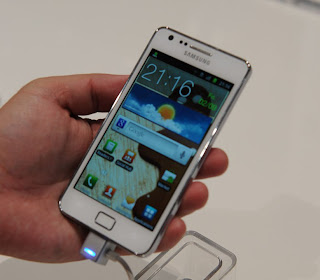One of the main focuses Microsoft has announced for the next flavor of its desktop client, Windows 8, is the availability of a consistent experience across all devices.
That also includes the development of applications for Windows on ARM, which is now to be the same as when it comes to building apps for x86 architectures.
For application developers, this means that their Metro-style software will work on Windows 8 regardless of whether it runs on ARM or other architecture.
WOA (Windows on ARM) arrives with all the WinRT capabilities present in the Windows Developer Preview. This means that developers can take advantage of all the tools and techniques used for building Metro style apps for x86/64, to come up with apps for ARM as well.
Devs will be able to use available tools to create native C/C++ code for increased performance, and can also benefit from C#, XAML, VB, and HTML5 based tools for delivering applications for WOA. All that is required is that their code targets the WinRT API set.
“Additionally, developers with existing code, whether in C, C++, C#, Visual Basic, or JavaScript, are free to incorporate that code into their apps, so long as it targets the WinRT API set for Windows services,” Steven Sinofsky explains in a
blog post.
“The Windows Store can carry, distribute, and service both the ARM and x86/64 implementations of apps (should there be native code in the app requiring two distributions).”
Windows 8 will arrive with specific Metro style apps from Microsoft, including Hotmail, SkyDrive, Messenger, which will offer access to the respective services.
Users will be able to remove these apps from Windows, Microsoft notes, adding that they will also have the Windows Store at their disposal to download and install other software.
Windows 8 Consumer Preview will arrive with Metro style apps that offer support for industry-standard media and document formats. There will also be the Internet Explorer 10 browser, which comes with support for the standard HTML5 web platform.
Windows 8 has been designed with focus on the Metro UI, but will also arrive with the Windows desktop, so that users will be able to interact with various resources the same as before. Windows on ARM will include the Windows desktop as well.
“We have not yet announced the editions or SKUs we will have for any new Windows products, and during the pre-release phase we include almost all features in the software as a way of testing and exercising the full surface area of the product,” Steven Sinofsky notes.
“You can expect that we will adjust the features included with the single WOA offering such that it is competitive in the marketplace and offers a compelling value proposition to customers of all types.”



 2/10/2012 10:42:00 PM
2/10/2012 10:42:00 PM
 dannzfay
dannzfay
















































